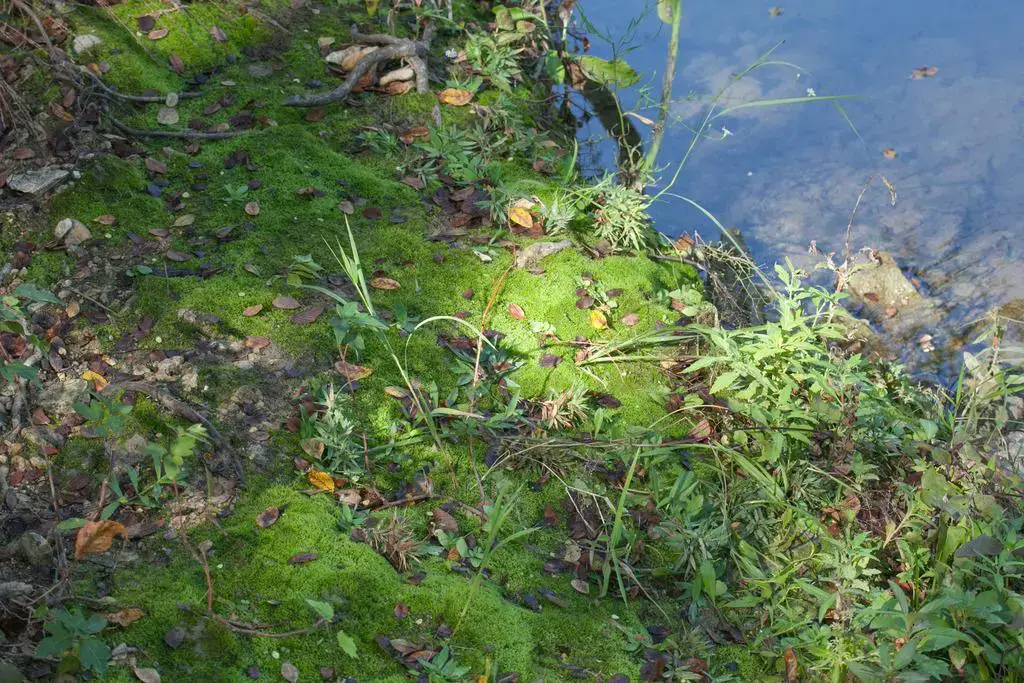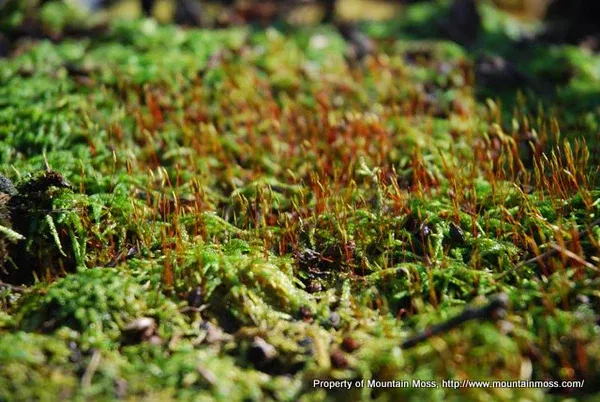
entodon_sullivantii.jpg from: https://wnmu.edu/academic/nspages/gilaflora/entodon_sullivantii.html
Introduction
Mosses are fascinating and ancient plants that play important roles in ecosystems around the world. One particularly interesting moss species is Entodon natalensis Rehmann ex Müll.Hal., also known simply as Entodon. This moss belongs to the Entodontaceae family and has some unique characteristics. In this post, we’ll take a closer look at the morphology, distribution, habitat, and ecology of Entodon natalensis.
Background on Mosses
Before diving into the specifics of Entodon natalensis, let’s review some background on mosses in general. Mosses are non-vascular plants in the division Bryophyta. They lack true roots, stems, and leaves, instead having structures that serve similar functions. Mosses reproduce via spores rather than seeds and require water for sexual reproduction. There are over 12,000 species of moss found all over the planet, from the Arctic to the tropics. Mosses are important for preventing soil erosion, retaining moisture, providing habitat for small organisms, and cycling nutrients.
Morphology and Identification
Entodon natalensis is a pleurocarpous moss, meaning it has a branching, mat-forming growth habit. The stems can reach 2-5 cm long. The leaves are ovate-lanceolate with a short apiculus (abrupt point) and measure about 1-2 mm long. When dry, the leaves become appressed (lie flat against the stem). A key identifying feature is the single costa (midrib) that extends 1/2 to 3/4 the length of the leaf
.
The leaf cells are smooth and linear, measuring 60-100 μm long. The alar cells (cells at the base corners of the leaf) are quadrate to short-rectangular

Entodon-seductrix-31.jpg from: https://ohiomosslichen.org/moss-entodon-seductrix/

7946025_cdghjoqw02_m.jpg from: https://365project.org/lsquared/365/2021-03-14

Entodon_seductrix.jpg from: https://wildflowersearch.org/search?&tsn=16395
. Capsules are cylindrical and erect on a seta (stalk) about 1 cm long. Spores are released from the capsule through a ring of teeth called the peristome.
Global Distribution and Habitat
Entodon natalensis is found in sub-Saharan Africa, including South Africa, Lesotho, Swaziland, Mozambique, Zimbabwe, Kenya, Tanzania, Uganda, Rwanda, Burundi, and Ethiopia
. It grows at elevations between 1000-3000 meters above sea level.
This moss inhabits areas with moderate light and moisture. It commonly grows on tree trunks, branches, rotting logs, and rocks in montane forests and woodlands
. Entodon natalensis is often found alongside other mosses and liverworts in its habitat.

large.jpg from: https://www.inaturalist.org/guide_taxa/1725587
Ecological Roles and Adaptations

entodon_2c191aa6-f1cc-4ec3-93bf-b843ebf8754e_grande.JPG from: https://www.mountainmoss.com/products/entodon
Like other mosses, Entodon natalensis plays several important ecological roles:
- Moisture retention: The mat-like growth traps and holds moisture, helping to prevent evaporation and retain humidity in its environment.
- Erosion prevention: By covering bare soil and rock, Entodon helps stabilize substrates and prevent erosion.
- Habitat provision: This moss provides shelter and habitat for various small invertebrates and microorganisms.
- Nutrient cycling: As it grows and dies back, Entodon aids in breaking down and recycling organic matter and nutrients.
Entodon natalensis has adaptations that allow it to thrive in its habitat:
- Tolerance of moderate light levels: While some mosses require deep shade, Entodon can grow in partial sun, allowing it to inhabit a wider range of sites.
- Moisture absorption: The leaves readily absorb water and hold it against the stem, an important feature for a plant with no true roots.
- Spore dispersal: Spores released from the erect capsules can travel on wind currents to establish new colonies.
Conclusion
Entodon natalensis is a prime example of how even tiny, ancient plants like mosses can be fascinating and ecologically important. From its specialized leaf and cell structures to its roles in its environment, this African moss illustrates the remarkable adaptations and diversity within the world of bryophytes. Next time you spot a small, green mat on a tree or rock, take a closer look – you may be seeing Entodon or one of its many interesting relatives! What other moss species have you encountered in your explorations?

